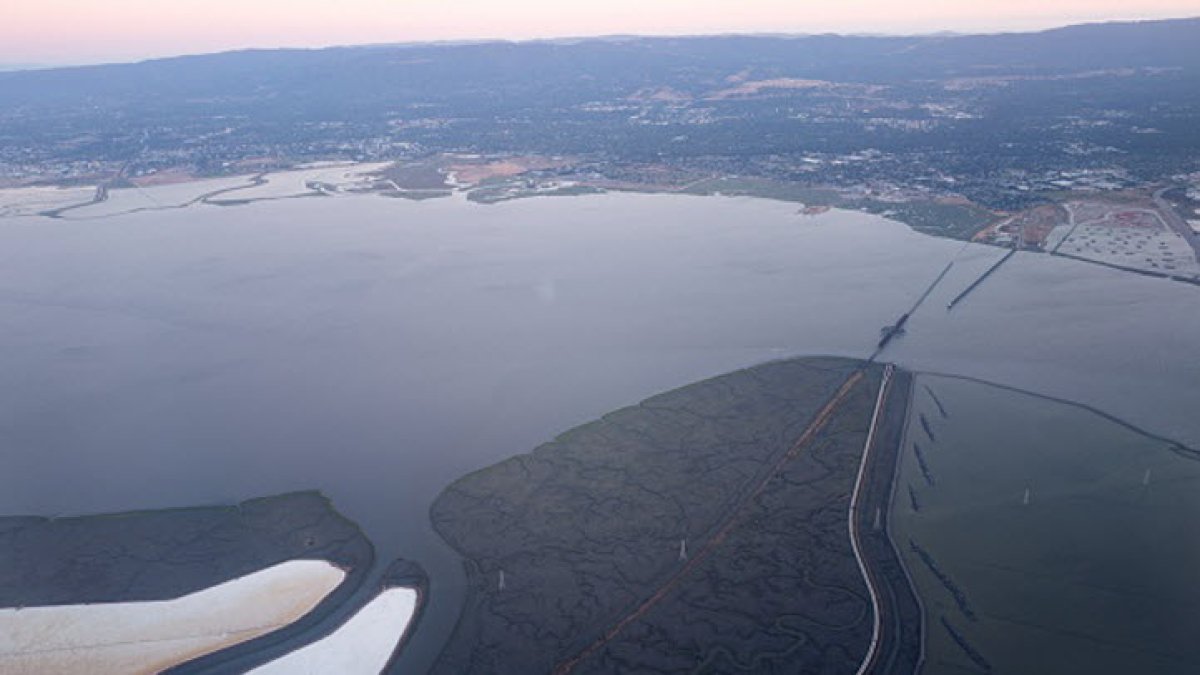
Imagine this: Cities with all clean energy, electric cars, bike trails, clean air and reduced waste. It can happen but it’s going to take the action of all residents to create healthy living environments that fight climate change.
That’s the goal of a Palo Alto group of climate change activists who lay the groundwork for their city and others who want to reduce their carbon footprint. The organization called Carbon Free Palo Alto, now in its 10th year of an ambitious goal of reducing the city’s emissions by 80% by the year 2030, focuses on creating policies that change city infrastructure to a greener solution.
"We try to make the path clear for a good policy choice and then identify policy for groups like 350 and Sierra Club that want to give them a policy to push at the council level for the utility," Carbon Free Palo Alto Founder Bruce Hodge said. "We get people together on the path to go forward."
Carbon Free Palo Alto analyzed the cost and contacted city staff to come up with a plan to reduce its carbon footprint. It lobbied the city as well as the utility company to supply carbon free electricity and passed new rules in 2016 that has reduced carbon footprint by 28%.
Get a weekly recap of the latest San Francisco Bay Area housing news. Sign up for NBC Bay Area’s Housing Deconstructed newsletter.
Palo Alto was one of the first cities in the nation to accomplish that. Now the organization consists of six board members with about 200 members. It’s a collection of activists, residents, and climate groups who change policy at local levels.
The long-term goal of the group is to have most buildings electrified by 2030, with heat pump technology and more electric cars, reducing the dependence on fossil fuels.
"We know it’s costing us more to not do anything and wait for this big damage that’s coming at us," board member Bret Andersen said. "It’s like a train coming at us, and we have about 10 years. That’s going to cost more by not doing this. So going through the change and policy is worthwhile."
Local
Palo Alto is a model for what other cities around the Bay Area can do to reduce their carbon footprint.